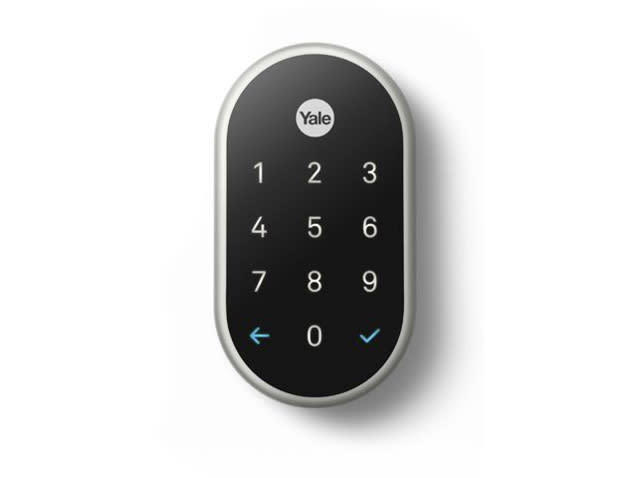Nest gets more smart home devices talking to each other

Getting your connected-home gear to actually connect with one another can be a pain. Nest is trying to alleviate at least some of that hassle by adding Weave, its ad-hoc networking system to Works with Nest, it's third party development platform. Weave lets items talk to each other without relying on a home network. The company is also introducing APIs for the Nest Cam with basic camera controls and access to motion and sound events. Plus, it launched a Works with Nest store with hardware that, well, work with Nest. Finally, it showed off a new lock from Yale that works with the fancy new features it just announced.
The updated developer program is Nest's way of being a more integral part of the Internet of Things. Its Works with Nest program is designed to get more devices talking to the company's core products. With it third-parties can set up their products to react to data transmitted by Nest items. For example: the new Yale door lock will alert you if the carbon monoxide levels in your house are at a dangerous level before you enter the house because the Nest Protect shared that information.
By adding Weave as an ad-hoc network for devices it removes one of the pain points found in IoT; the hub. "We've never believed in hubs. Nest Weave is a very organic mesh network that extends is own range as you add devices," said Greg Hu, senior manager of the Nest platform.

The Yale Linus lock is the first item to use the new feature. The lock tells you if its opened and closed and can't be fooled by an open door with the bolt sticking out. The lock can track when people enter and leave the house via unique passcodes and is controlled by the Nest Aware app. Both the lock and Weave will be available in 2016. The Nest Cam API and Works with Nest store are available now.
